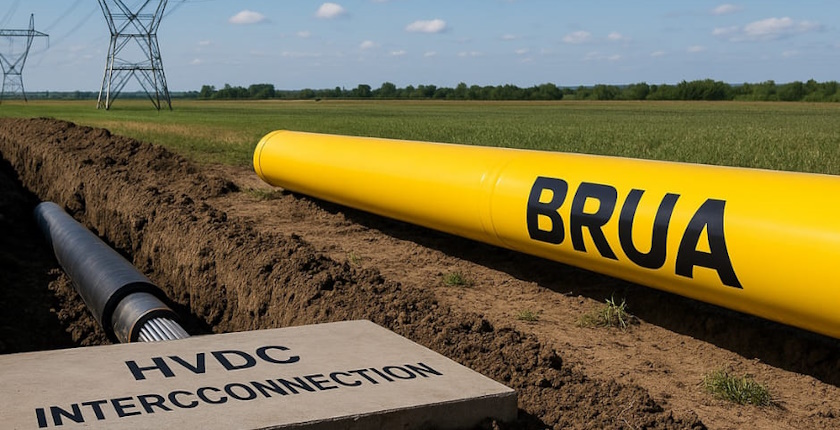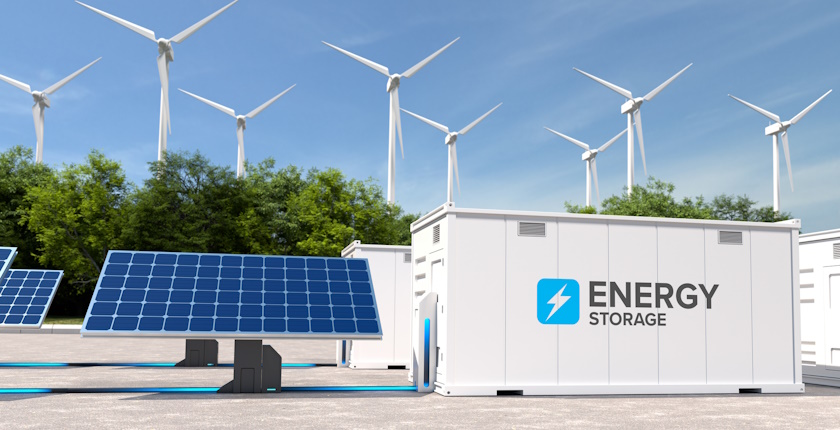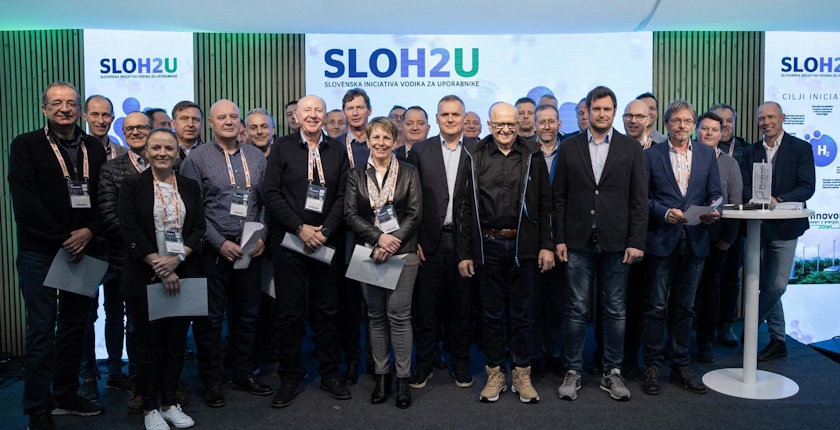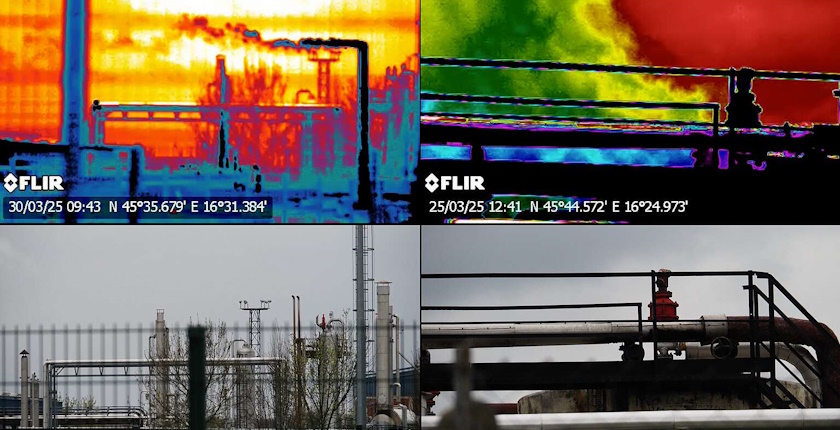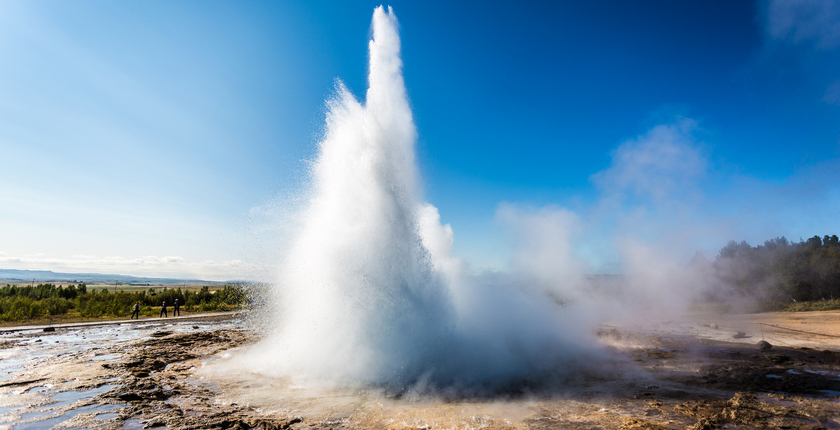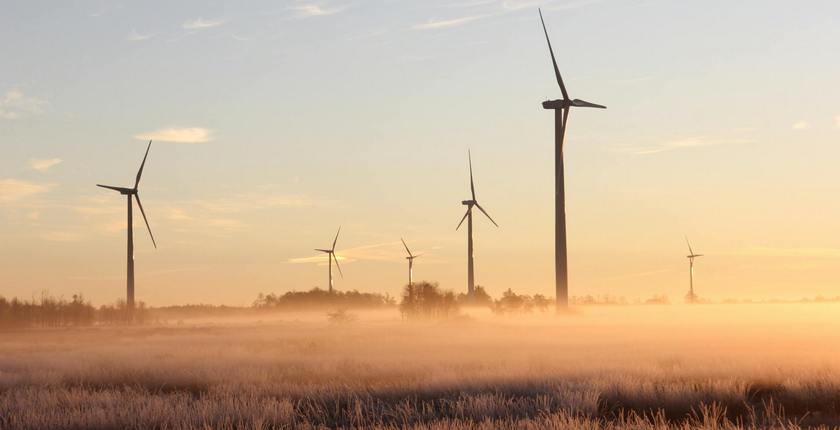
Austria’s Verbund acquires 272 MW wind project in Romania
Verbund Wind Power Romania, a subsidiary of Austria’s Verbund, has acquired a 272 MW wind project from Monsson, a Sweden-based renewable energy group. The project, taken over at a ready-to-build stage, is expected to enter the construction phase in 2026.
The planned wind farm in Caraș-Severin county in Romania is expected to produce 569 GWh of electricity annually, Verbund said in a press release.
Verbund has been present in the Romanian renewables market since 2012, operating the 226 MW Casimcea wind farm in Tulcea county. It also has a portfolio of wind and photovoltaic projects under development.
Verbund already operates a 226 MW wind farm in Romania
Adrian Borotea, General Manager of Verbund Wind Power Romania, said the company looks forward to future opportunities that can help speed up the country’s energy transition. “In Verbund, we continuously seek to stimulate the growth of the clean energy sector in Romania, in line with our sustainable approach to business,” he stressed.
Sebastian Enache, Head of Mergers and Acquisitions and member of the Board of Directors of Monsson, said the need for clean energy as a central point of the energy sector development in Romania and Europe is growing, adding that the company is proud to have started this cooperation with Verbund, one of the largest producers of electricity from renewable sources in Europe.
The Austrian utility expects 25% of its overall electricity output to be generated from solar and wind energy by 2030, with Romania seen as one of the strategic target markets to achieve the objective.
Monsson has over 5 GW of solar and wind projects in Romania
Monsson has a portfolio of more than 5 GW of wind and solar projects in Romania. It offers a full range of services, including the design, development, construction, and operation of renewable energy power plants, as well as the construction and operation of battery-based energy storage solutions.
The company recently said it was preparing to build a manufacturing facility in the Romanian town of Petrila to produce renewable energy equipment, including robots that clean solar panels.

